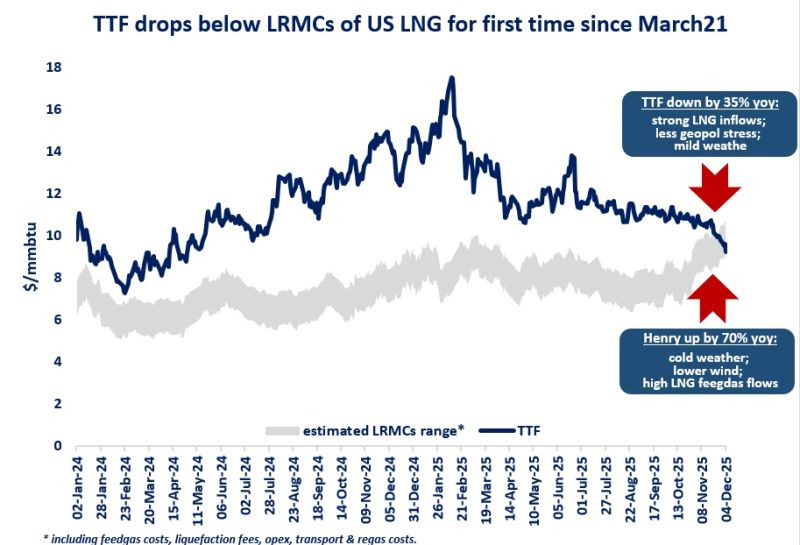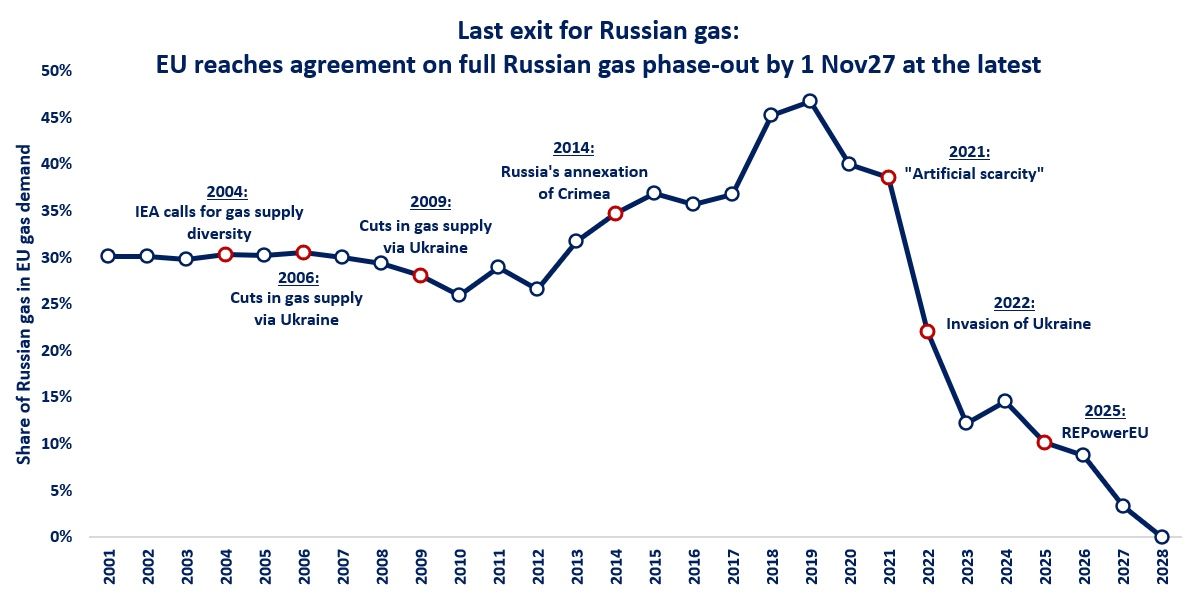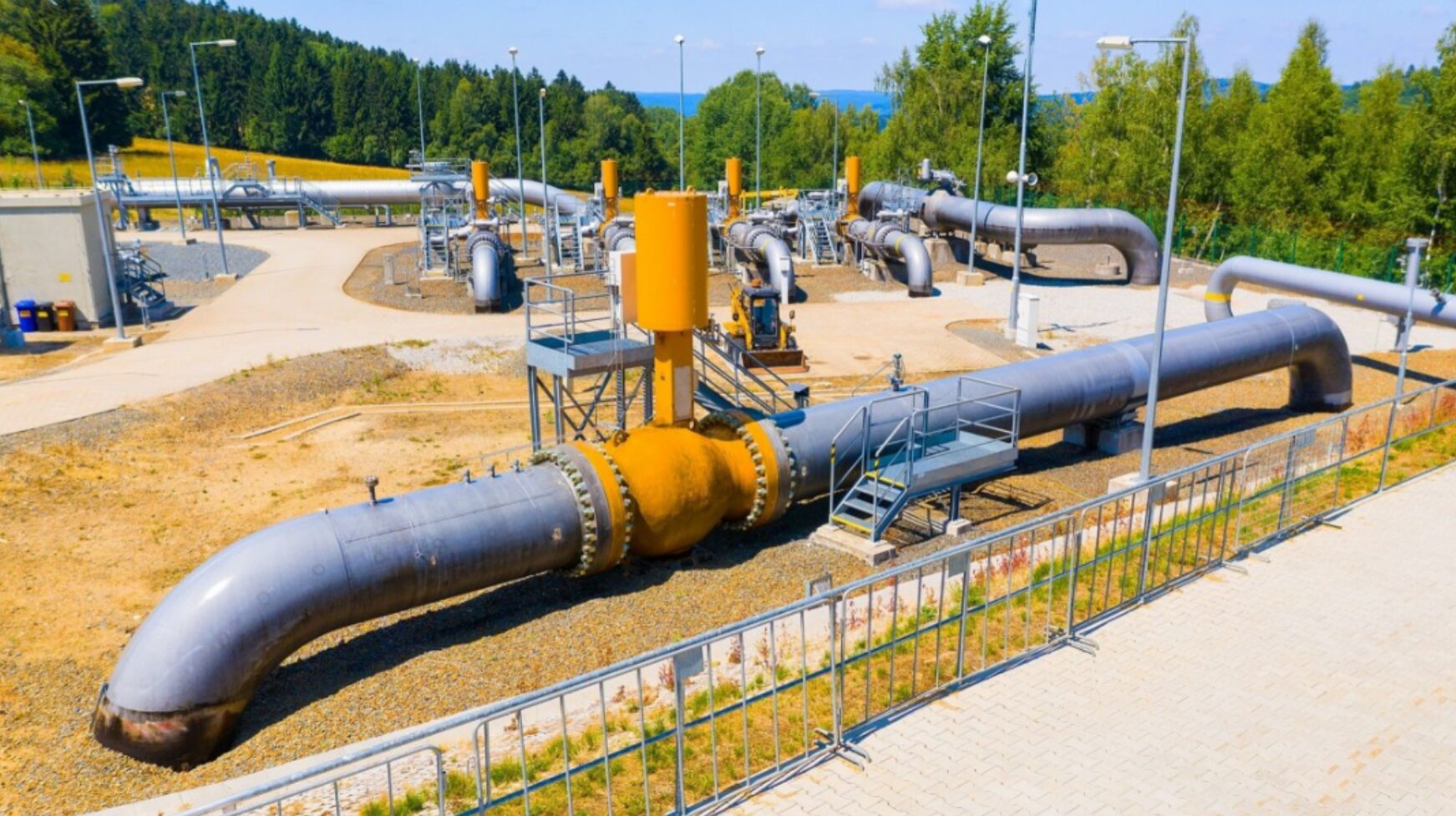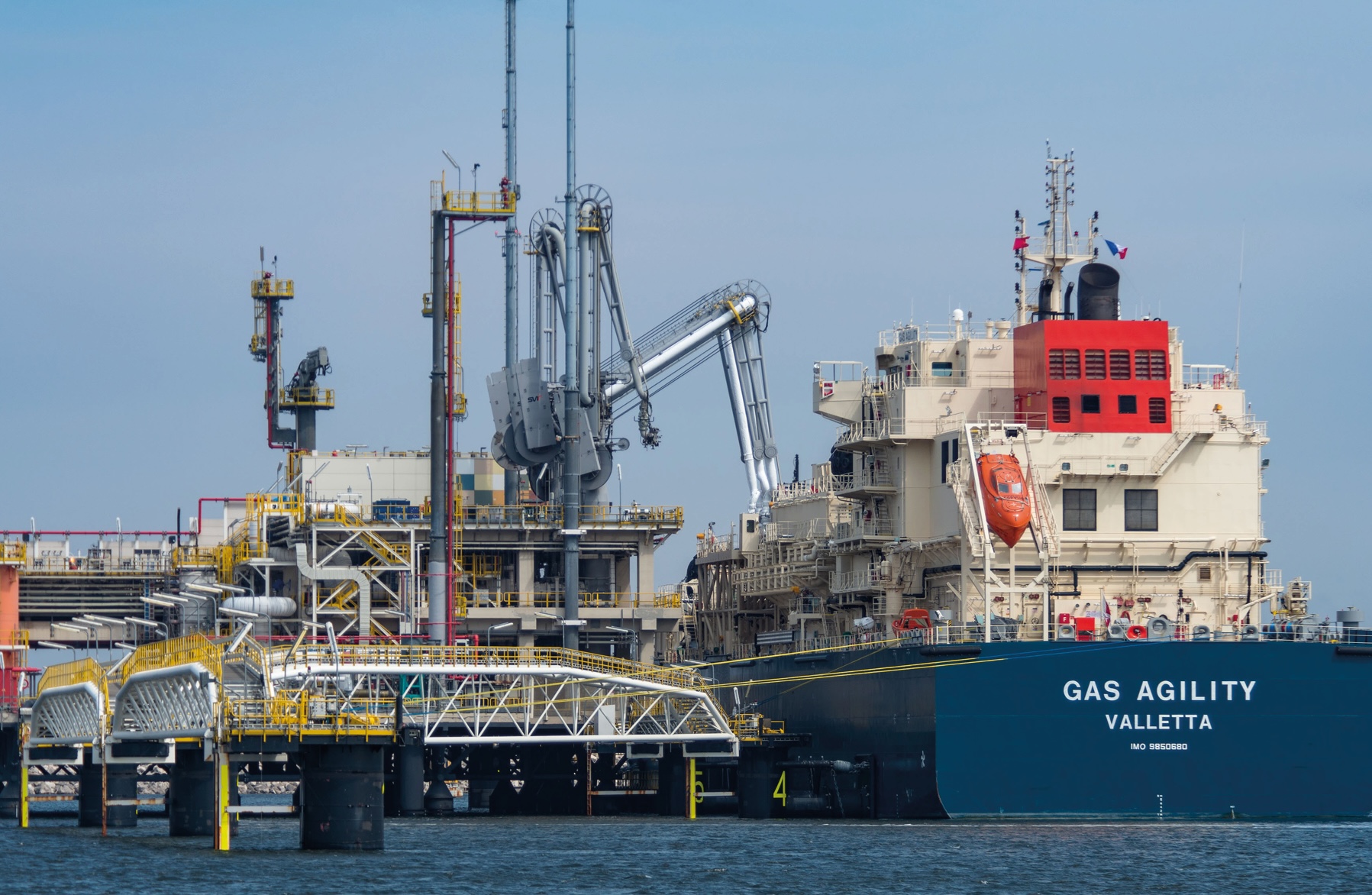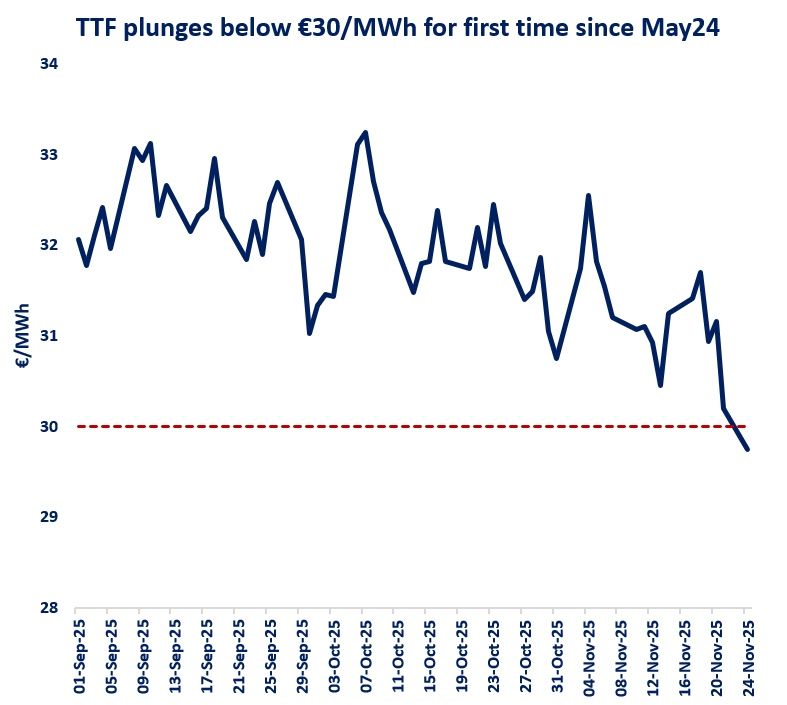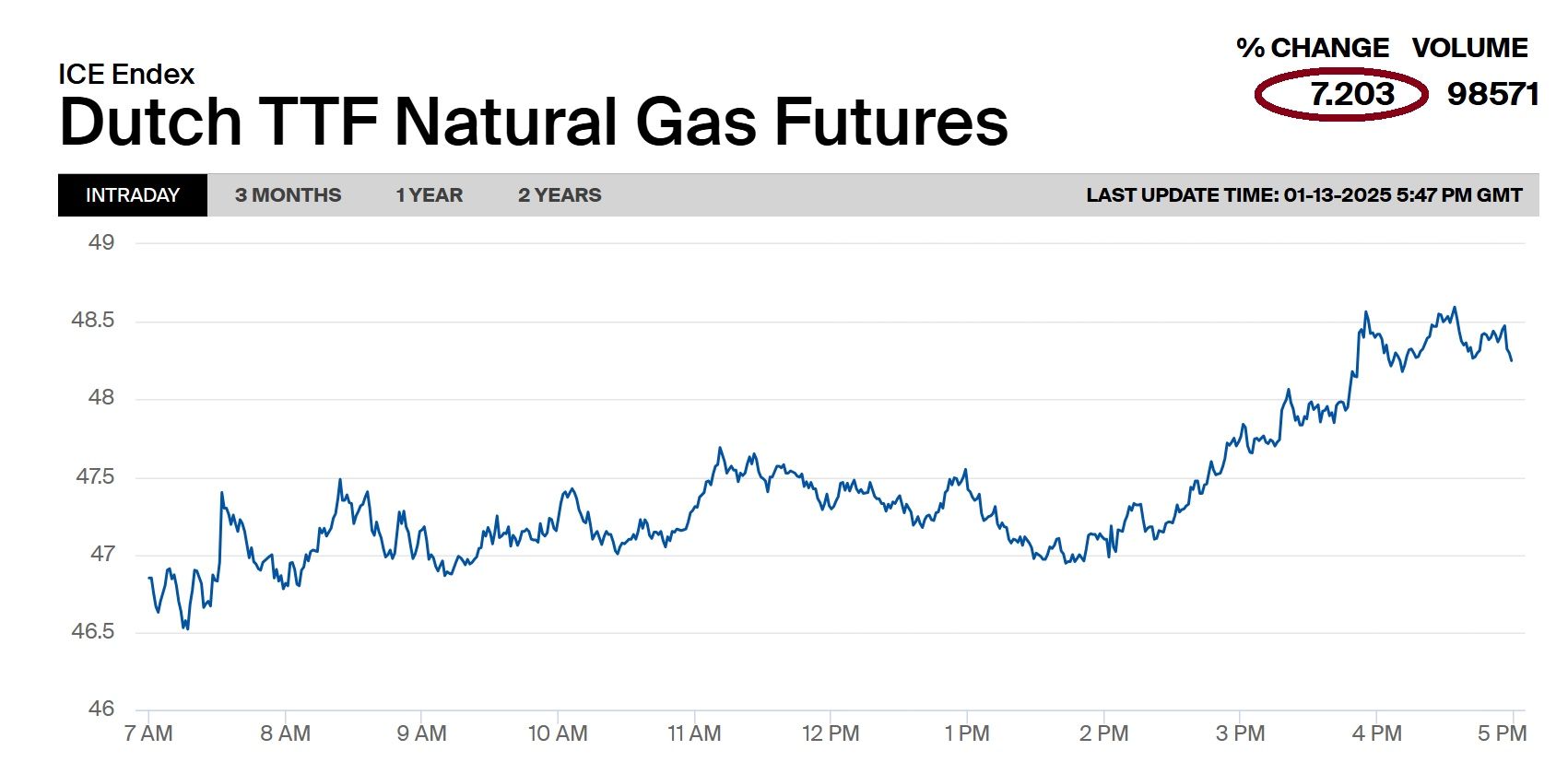
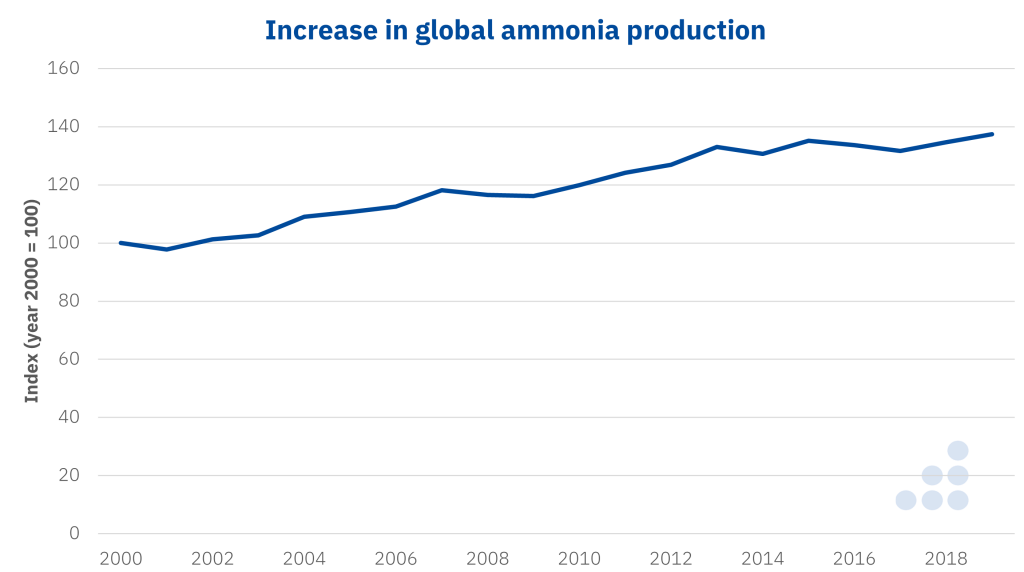
The green hydrogen revolution, a key part of the energy transition, will not only involve hydrogen, but a set of compounds and technologies capable of being energy vectors of the green hydrogen and that make its use possible in all those processes to be decarbonised in the industry, the transport and the economy in general.
It is increasingly clear that the green hydrogen will be one of the essential pillars that will sustain the total decarbonisation of the economy and, therefore, the global ecological and energy transition. When thinking about the green hydrogen, it is easy to divert attention to its uses as a fuel, whether for transportation or for heat production in industry. But that may not be exactly the way in which the hydrogen will eventually end up being used directly.
The field of the technologies that use hydrogen to replace the fossil and pollutants fuels is still in an early stage of development, although there are already numerous projects that use it. For example, some of the drawbacks that will have to be overcome are the difficulties in storing and transporting hydrogen, which requires high pressures and very low temperatures, is very volatile and is easily filtered through the smallest cracks.
The green hydrogen revolution does not mean that hydrogen itself is always used directly. Rather, it is understood that the hydrogen, and its production from renewable energies, will be the main component of the new energy vectors of a decarbonised economy.
The green ammonia
An energy vector that can be part of the hydrogen revolution is the ammonia (NH3). The ammonia produced from green hydrogen can be considered green ammonia and its combustion does not generate CO2. Although the combustion of ammonia has some other disadvantages such as the possible generation of nitrogen oxides, there are techniques to reduce it, and the advantages over the pure hydrogen are multiple. On the one hand, its transport and storage require less extreme conditions, and on the other, it can be used to generate electricity with fuel cells similar to those of the hydrogen or burned in a turbine like the gas.

Estimated data for 2019.
Source: Prepared by AleaSoft using data from the IEA.
Beyond the use of the green ammonia as an energy vector, it is necessary to have a broader vision and to think that, for the complete decarbonisation of the industry, it will be necessary to turn in “green” many of the compounds and chemical elements that are raw materials for the industry and that right now are generated from fossil fuels, such as oil or gas, or that generate greenhouse gases during their production. Compounds such as the ammonia itself are widely used in the chemical and fertiliser industry.
Source: AleaSoft
Follow on Twitter:
[tfws username=”AleaSoft_EN” height=”700″ width=”350″ theme=”light” color=”#FAB81E” tweets=”2″ header=”yes” footer=”yes” borders=”yes” scrollbar=”yes” background=”yes”]

